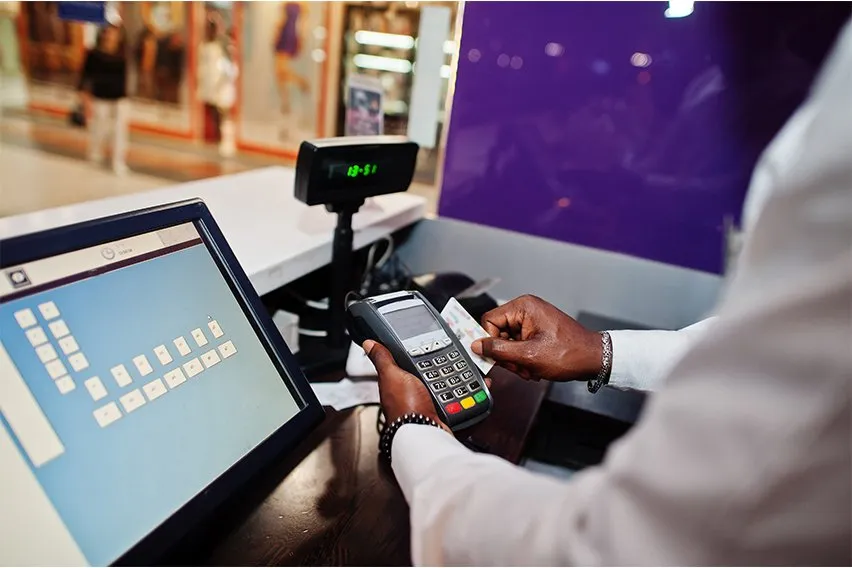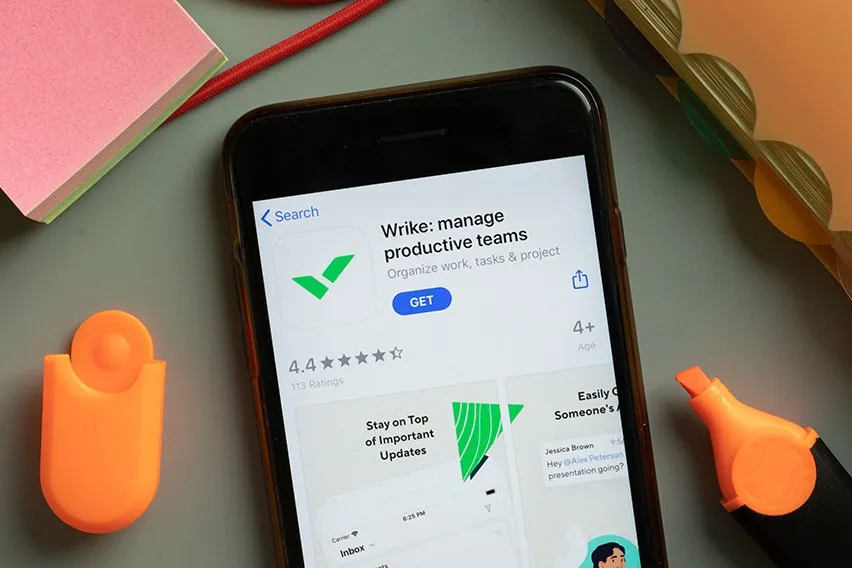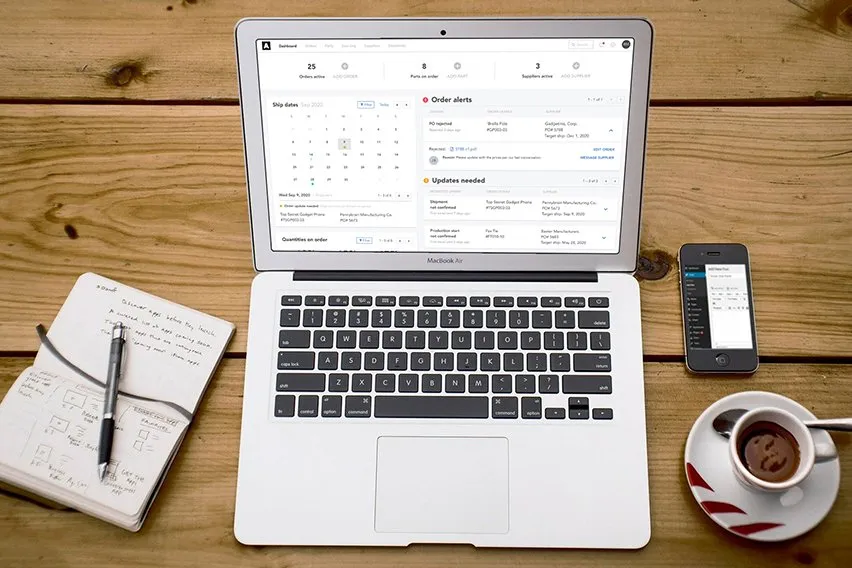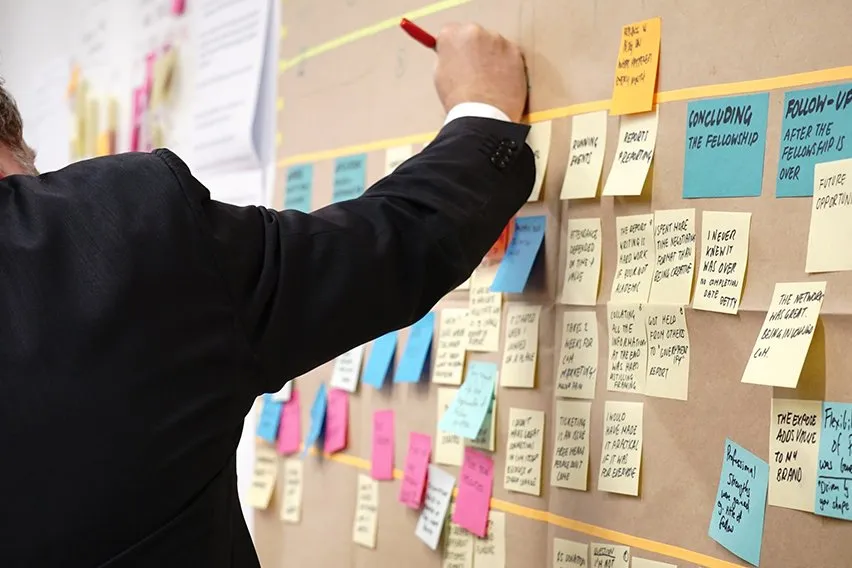What Is Project Cost Management? Steps & Benefits

How much time have you and your team spent putting together the details of your upcoming project? You want to make sure that everything is in place to meet client expectations on top of any internal objectives. But what about the project costs? Is everything going to work?
Sometimes cost overruns can impact your margins and your ability to execute a project. Knowing what project cost management is and how it works can help you stay ahead and avoid any issues. It can be a great way to ensure that your project gets completed successfully and you can better understand the actual costs.
So, what exactly is project cost management and how can it help you? Let’s take a closer look.
Here’s What We’ll Cover:
What Is Project Cost Management?
What Are the Benefits of Project Cost Management?
The Four Steps in Project Cost Management
What Is Project Cost Management?
Essentially, project cost management is the process you take to estimate, budget and control the costs of a protest life cycle. The overall objective is to keep costs and expenditures within the scope of the approved budget.
Project cost management is one of the most important aspects of project management. It’s relevant to any project regardless if it’s for retail, technology or manufacturing. The process can help create a healthy financial baseline that project managers can use as a benchmark. This will provide a look into project costs and offer the ability to pivot or change direction if it’s needed.

What Are the Benefits of Project Cost Management?
There are often multiple moving parts to every project and it can be a challenge to stay on top of all the different tasks and team members. And by implementing cost management practices within your project, you can receive some benefits as a result.
- You can define and set clear expectations with stakeholders
- You can monitor and control project scope creep
- You can track project progress and respond to any issues with corrective action
- You can maintain your expected margins, avoid losing money and increase the return on investment (ROI)
- You can generate additional data to help plan future projects and track any long-term cost trends
The Four Steps in Project Cost Management
The cost management process of a project is going to be a continuous process. And it can be broken into four distinct steps, which are resource planning, estimation, budgeting and control. Here’s a closer look into the four steps that are part of project cost management.
1. Project Resource Planning
This is where you are going to identify any resources that you need to complete your project successfully. Common resources include employees or contractors and infrastructure or construction vehicles. The resource planning stage is done before any work on the project begins.
Here are a few things for you to consider:
- Take historical data into account before determining sub-tasks
- Include any feedback from SMEs and other team members
- Assess the impact that time will have on resource requirements
2. Cost Estimation
With cost estimation, this is where you’re going to figure out all the costs that are associated with the resources required. This can be one of the most difficult steps to complete as you want to be as accurate as possible. Plus, you want to consider some other factors such as fixed and variable costs, inflation, overhead and the time value of money.
To get the most accurate cost calculations there are some pieces of information you can put together beforehand.
- Any resource requirements
- The price of each resource (such as vendor hiring costs, server procurement costs and staffing costs per hour)
- The duration that you need each resource
- A list of any assumptions
- Any potential risks to be aware of
- Past project costs and industry benchmarks if there are any
- Insights into your company’s financial health and reporting structure
3. Cost Budgeting
This step almost goes hand-in-hand with cost estimation. Budgeting is allocating costs for certain areas of the project, individual tasks or modules. And the project budget is defined within a specific time period with contingency reserves.
The contingency reserves are allocated to help manage and stay on top of any unexpected costs. This is a critical process and budgeting creates a cost baseline. You can use this baseline to measure and evaluate the project cost performance. By evaluating project performance, you can assess if any of the budgets needs to get released.

4. Cost Control
Measuring cost variances and taking needed action is the process of cost control. You can increase the allocated budget or reduce the scope of the work. This is a continuous process that happens through the lifecycle of the project.
Your plan included details about how performance will get measured and the threshold for any changes. Since a lot of projects are going to have tons of tasks included, cost control can provide transparency. This can help you respond quickly and make better decisions.
Key Takeaways
With so many moving parts to a project, it’s important to have a plan and strategy in place. You want to make sure your team has what they need to successfully complete a project. But one of the most difficult parts of any project is budgeting properly.
Project cost management is an excellent way for you to estimate, budget and control the costs of your project. And this happens throughout the life cycle of the project. You can keep costs and expenditures within the scope of your budget. To help with successful project cost management, you can follow the four steps outlined above.
Start with your project resource planning. This is where you are going to outline all the resources needed to complete your project. You can then move on to estimate all the costs and budgeting accordingly. The final step is to monitor and control the costs as the project life cycle moves forward.
You can achieve your project goals for your entire project and better understand different types of cost estimates.
Did you enjoy reading this guide? Head over to our resource hub for more great content!
RELATED ARTICLES

 3 Best Restaurant POS Software
3 Best Restaurant POS Software 3 Best Microsoft Project Alternative
3 Best Microsoft Project Alternative 4 Best Resource Management Software
4 Best Resource Management Software The Top 5 Supply Chain Management Software Choices
The Top 5 Supply Chain Management Software Choices What Is a Strategic Management Process?
What Is a Strategic Management Process? What Are Project Milestones: Definition, Uses & Importance
What Are Project Milestones: Definition, Uses & Importance